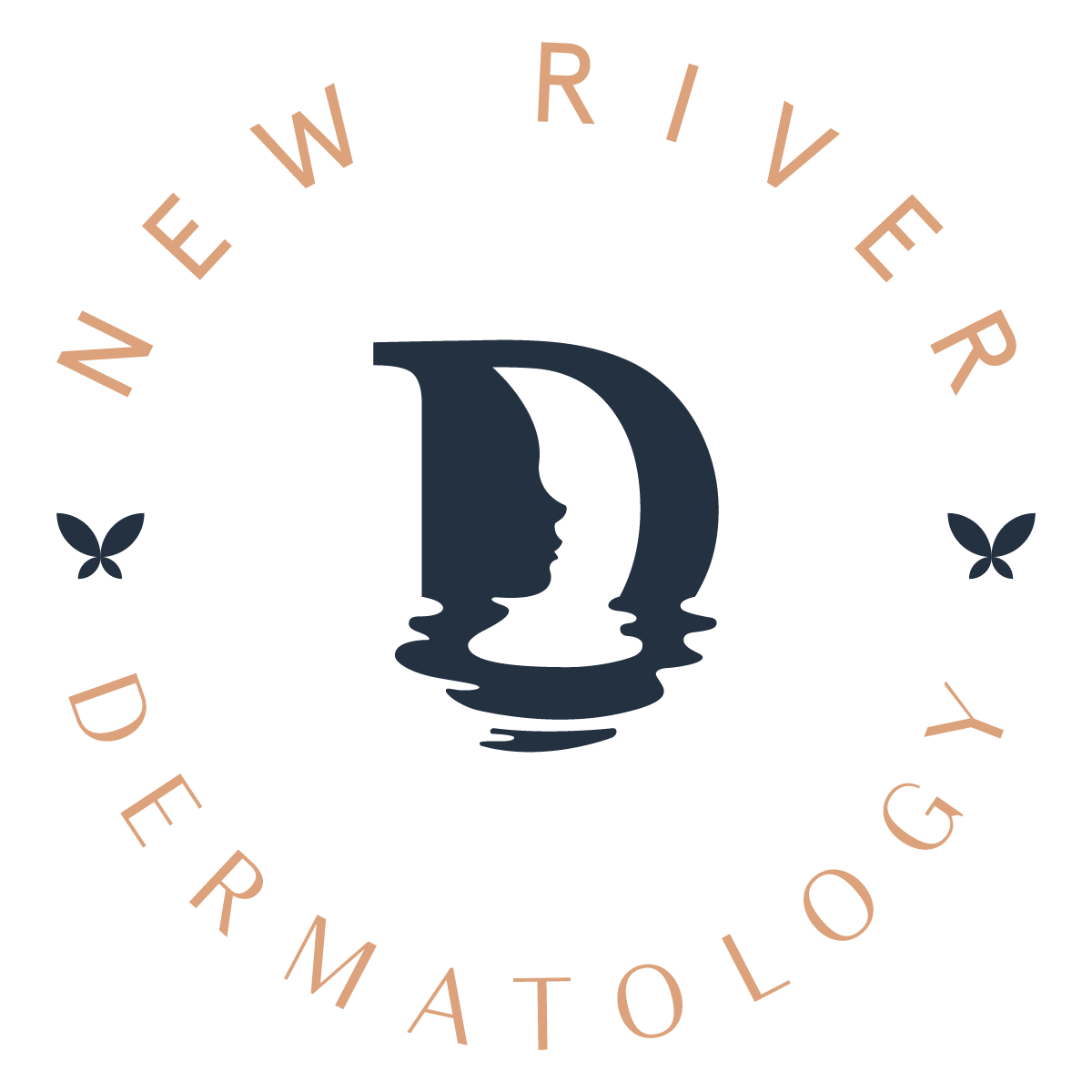Piercings and Your Skin
Piercings—especially ear piercings—are a popular way to express yourself. According to a 2018 survey, 83% of Americans have pierced ears, but piercing other areas of the body is also common. The standard lobe piercing is typically recommended for a first piercing because the earlobe is fleshier than cartilage, and piercing it will be less painful.
However, if proper precautions aren’t taken to protect a new piercing, the skin could face infections, allergic reactions and even permanent injuries could occur. It’s important to minimize risks by caring for a new piercing appropriately.
How Do Piercings Work?
Both medical and non-medical professionals can offer piercing services. Typically, piercings are performed by poking a needle through the lobe, or using a piercing gun to shoot an earring into the ear. Piercers should always be trained and certified in proper sanitary procedures, such as ensuring all equipment used during the piercing is sterile. The healing time for a standard earlobe piercing is 6-8 weeks. During that time, the original earrings should stay in your ears full-time. These are called “starter” earrings, and your new piercings could close if they’re taken out too early. Keeping earrings in for at least six weeks is one of several requirements for piercing care.
Caring For Pierced Ears
Make sure that the earrings used for your piercing are made of high quality materials such as surgical steel, titanium, niobium, or 14-to 18-karat gold. Using materials such as white gold, nickel, or cobalt can irritate the skin. The metals in some jewelry might also cause an allergic reaction.
Cleaning the area around the ear piercing with soap and water at least once a day can help prevent infection. Remember to wash your hands before touching the skin piercing! Another way to clean the piercing area is to use rubbing alcohol and petroleum jelly on the skin. In newly-pierced ears, it’s recommended that you twist the earrings a few times a day to keep the holes open.
Potential Risks For Skin
Infections are common with newly-pierced ears. Symptoms of an infection can include red and swollen skin around the piercing, and seeing yellow fluid in the piercing hole. Infected piercings can be treated with over-the-counter or prescription medicines from your doctor, but worse infections could lead to surgery.
Keloids are overgrowths of scar tissue on the ears. They occur when the body creates too much scar tissue to heal the piercing, creating a bump around the piercing site. Keloids are difficult to heal completely and often come back, but there are surgical and non-surgical treatments. Non-surgical treatments could include corticosteroid injections, retinoid creams, freezing, and laser treatments.
More serious injuries are also a risk. If an earring gets caught, it could tear the earlobe open. Torn earlobes would require surgery to repair.
Earlobe piercings are typically the first piercings given to adolescents. It’s essential to know how to prevent infection and any complications in the ear piercing process, so this exciting rite of passage goes smoothly! If you have any questions or concerns about piercings, contact a dermatologist. New River Dermatology is always happy to help.
